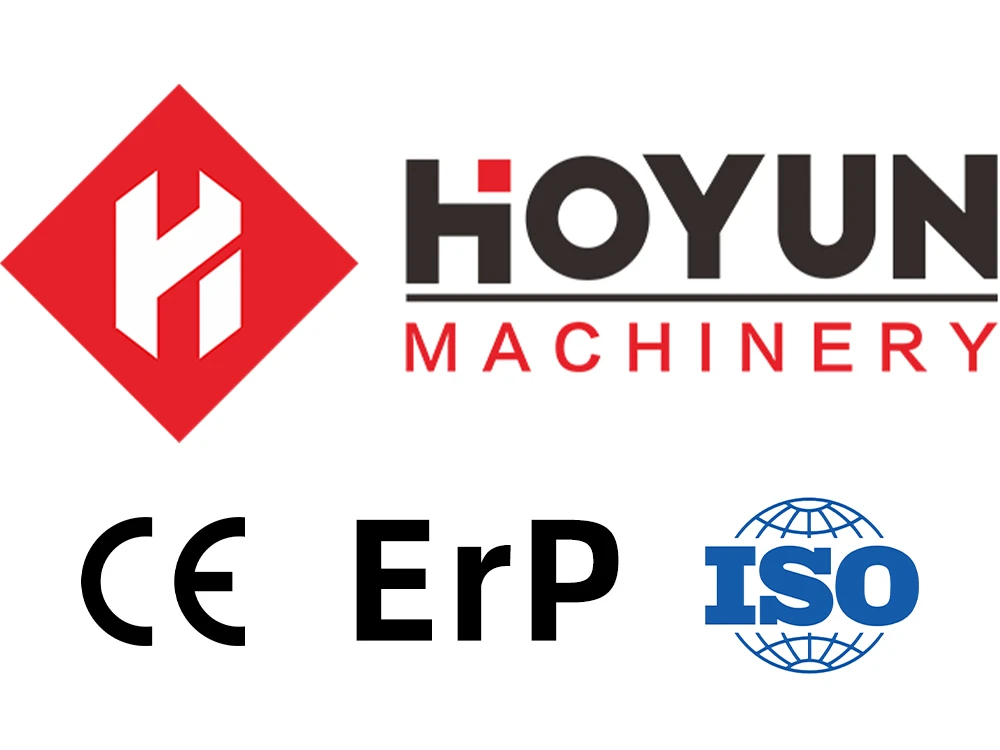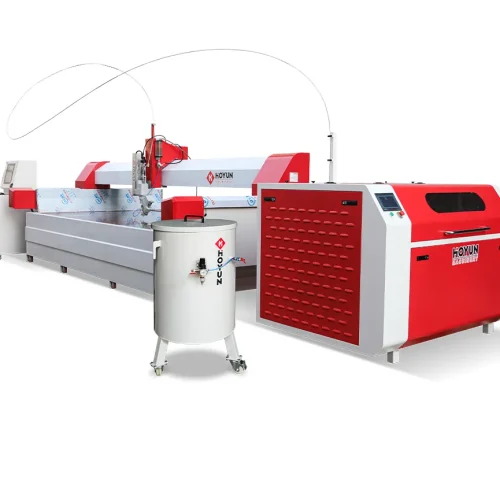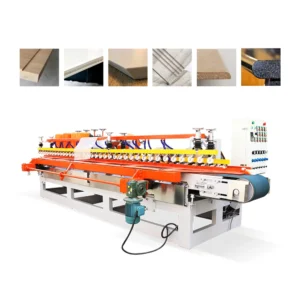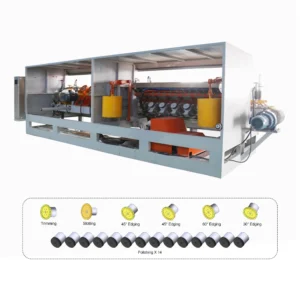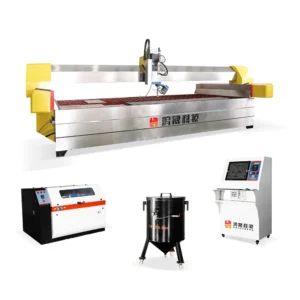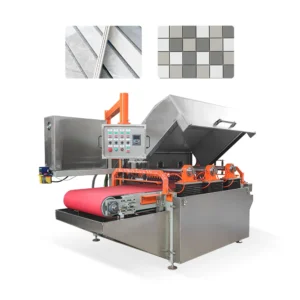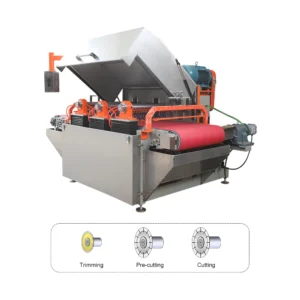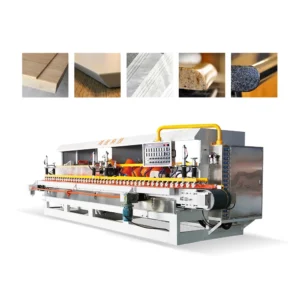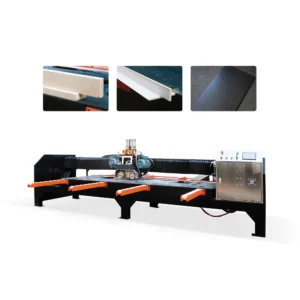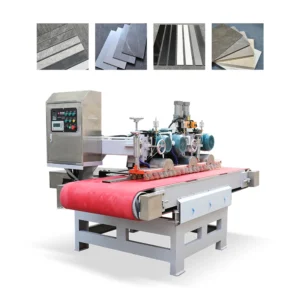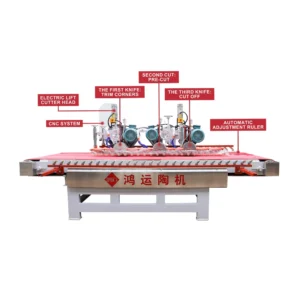When it comes to marble cutting, HOYUN Mechanical offers two popular bridge saw models: the 3-axis and 4-axis. Each model has its unique features and capabilities, making them suitable for different applications. In this article, we will compare the 3-axis and 4-axis bridge saws in terms of their differences, functions, and benefits to help you choose the right one for your needs.
Body:
1. Differences:
– The 3-axis bridgesaw has three main axes, while the 4-axis model has four. This additional axis in the 4-axis model allows for more complex and precise cuts.
– The 4-axis bridgesaw offers higher flexibility, accommodating various types and thicknesses of marble materials.
2. Functions:
– Both models feature high-speed cutting, making them suitable for large-scale production projects.
– The 3-axis bridge saw is known for its simplicity and ease of operation, ideal for those new to marble cutting.
– The 4-axis bridge saw comes with advanced control systems, enabling automatic positioning, cutting, and optimized cutting paths.
3. Benefits:
– The 3-axis bridgesaw provides cost-effective solutions for those seeking high-speed cutting without compromising on quality.
– The 4-axis bridgesaw offers a higher level of automation, reducing manual intervention and labor costs.
Conclusion:
Choosing between HOYUN Mechanical’s 3-axis and 4-axis bridge saws depends on your specific requirements. If you need high-speed cutting with basic features, the 3-axis model is suitable. However, if you require more complex and precise cuts, along with advanced automation features, the 4-axis model is the better option. Consider your budget, production needs, and technical expertise when making your decision.
